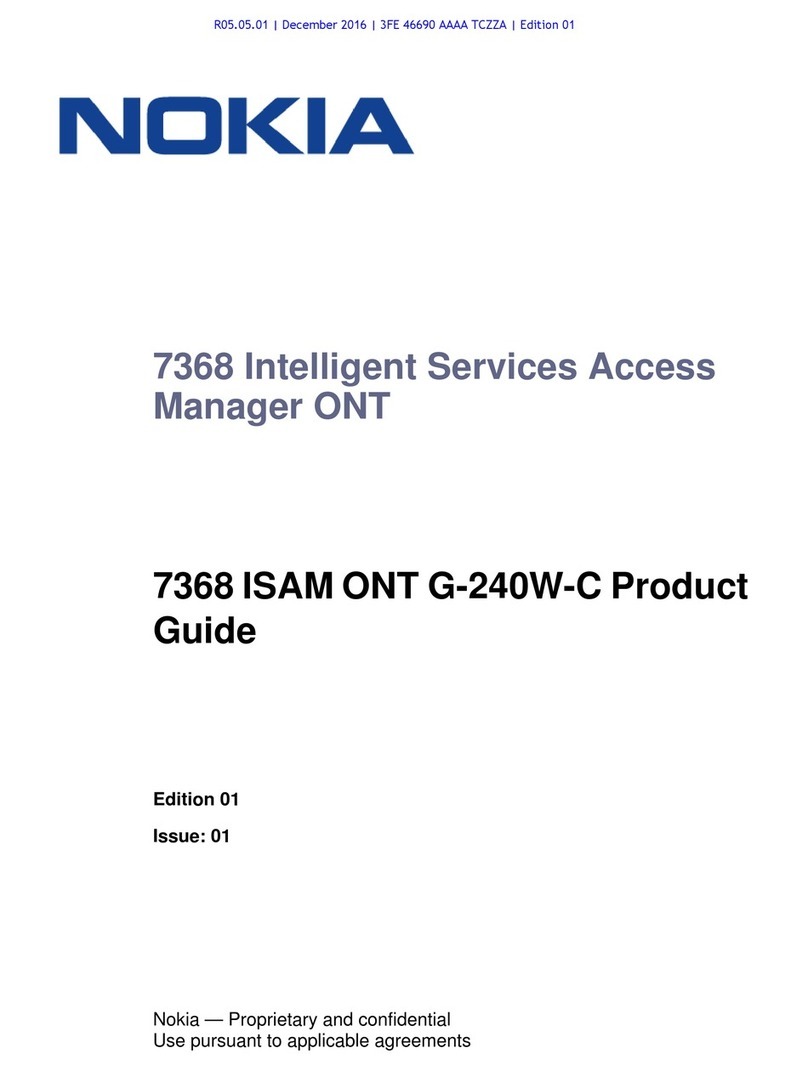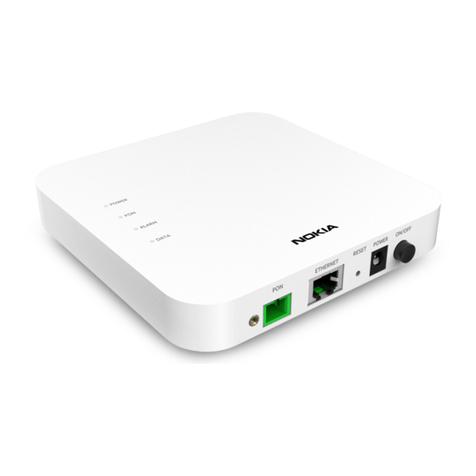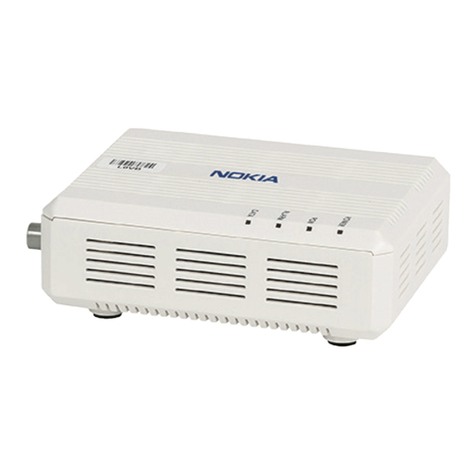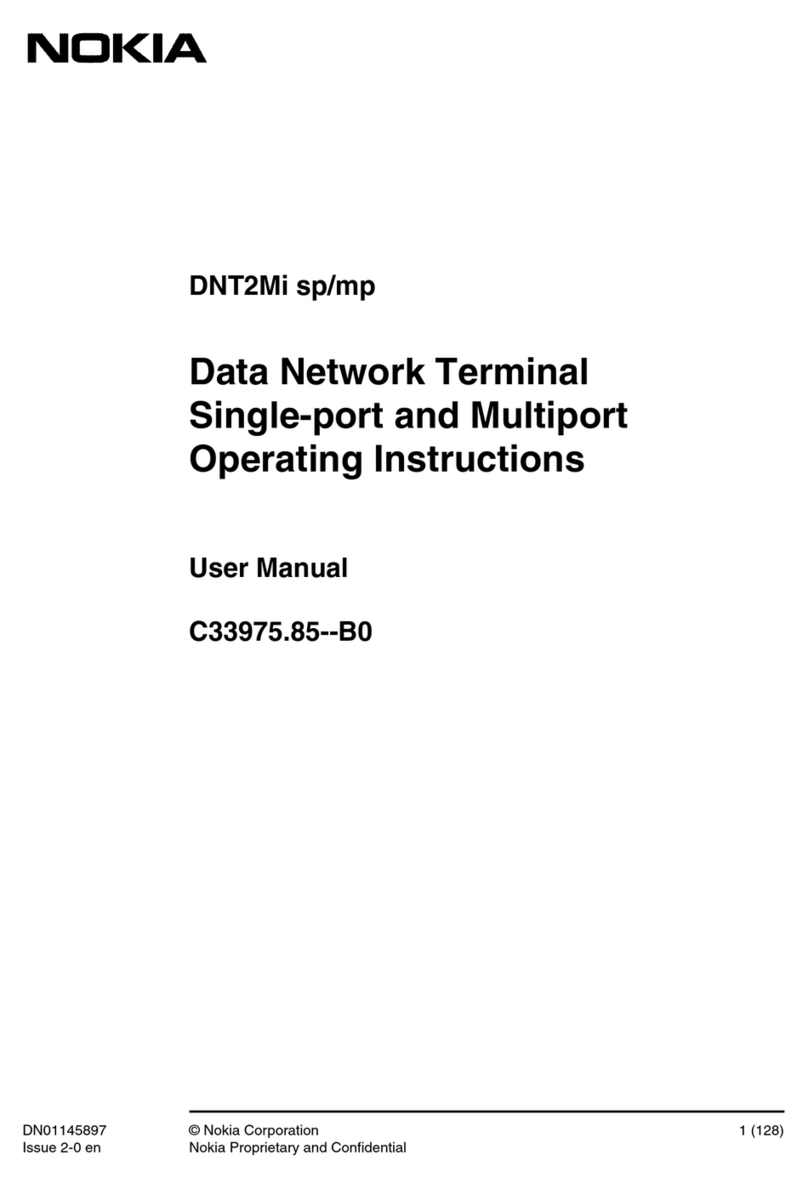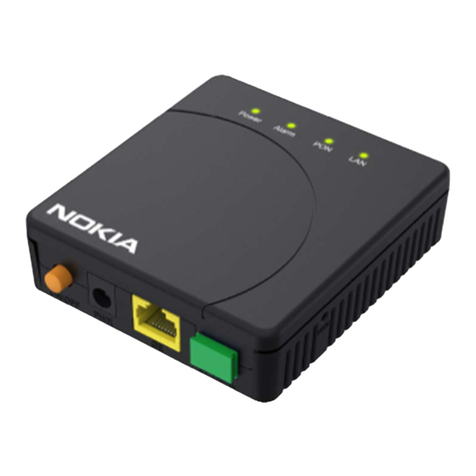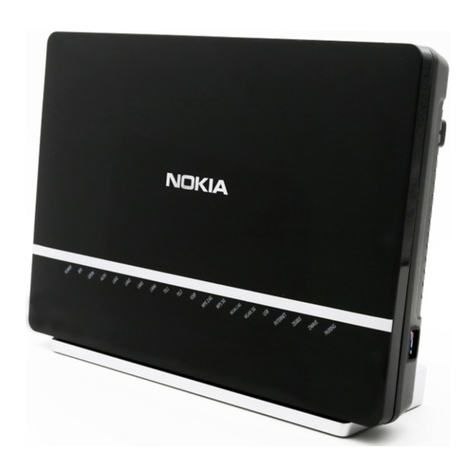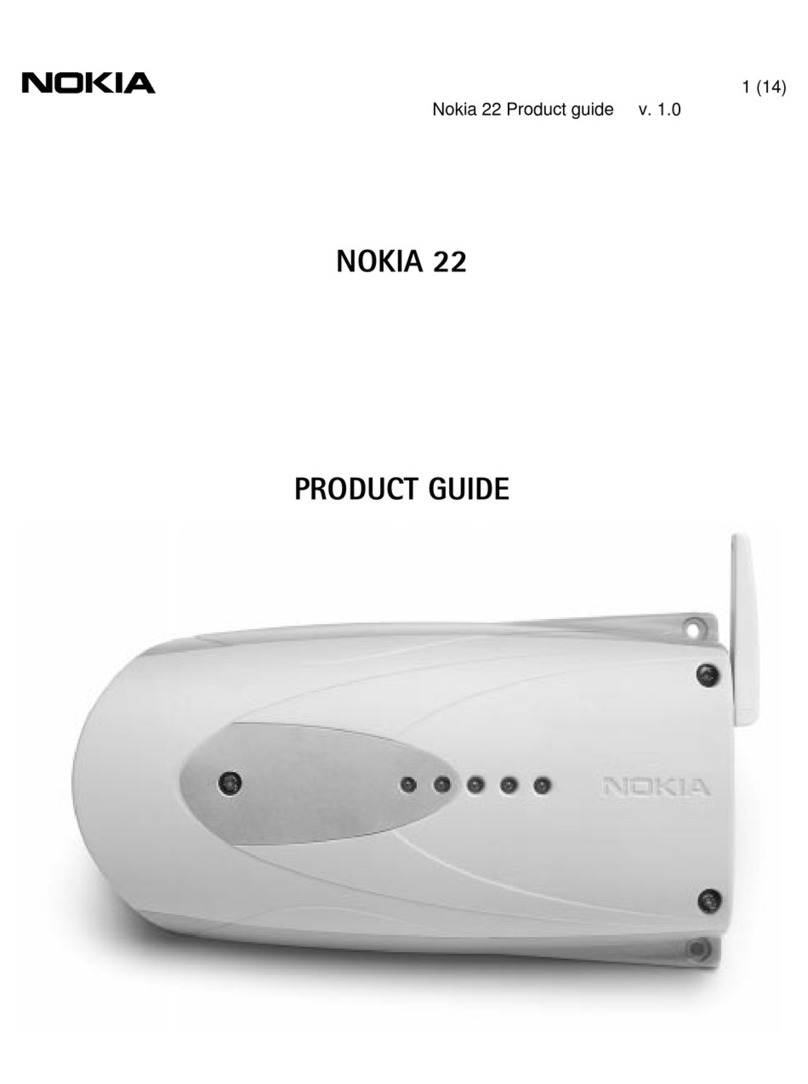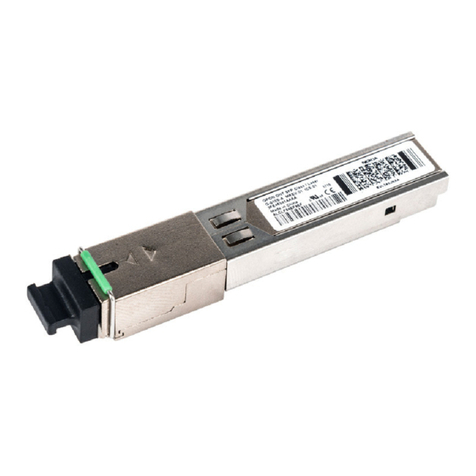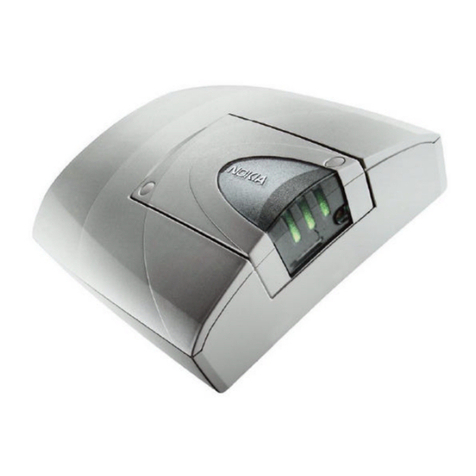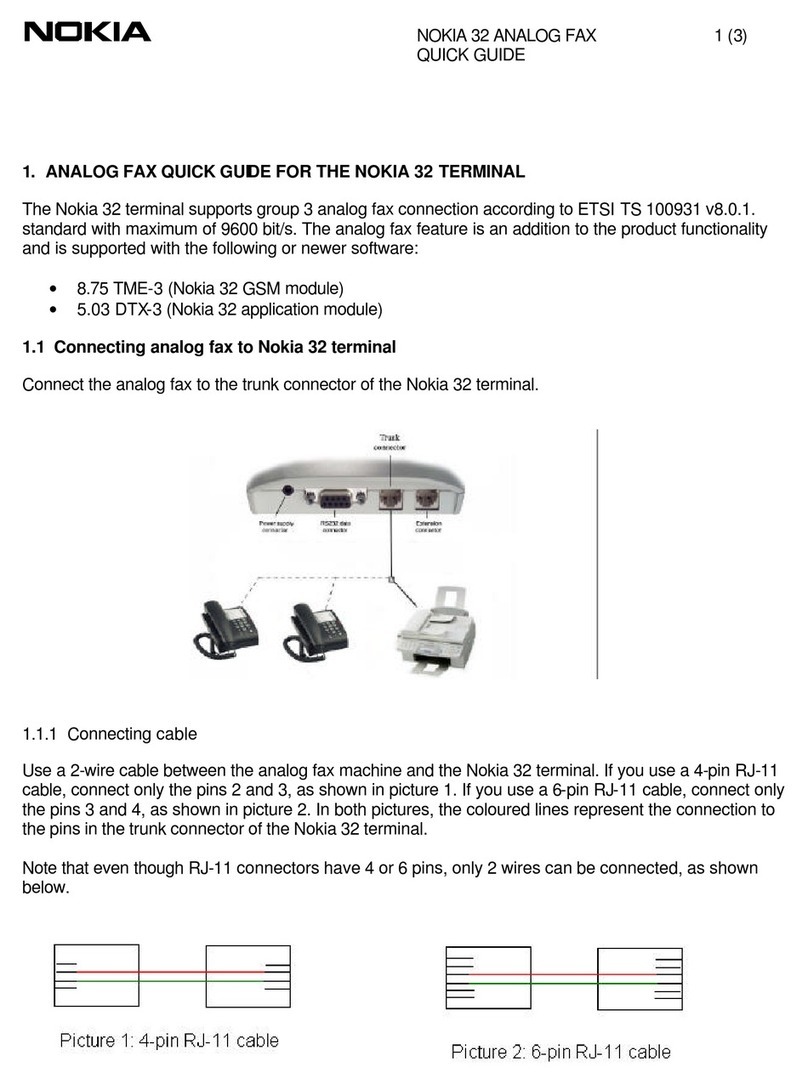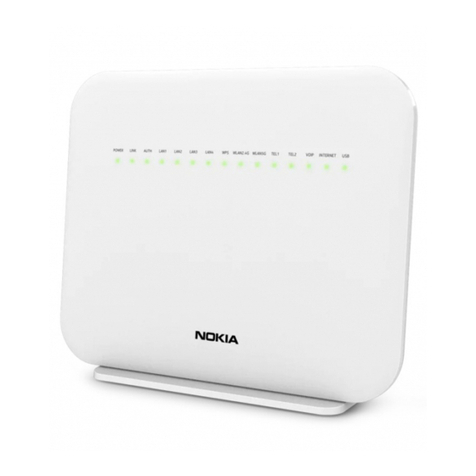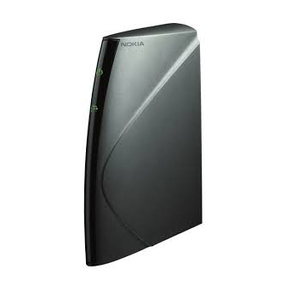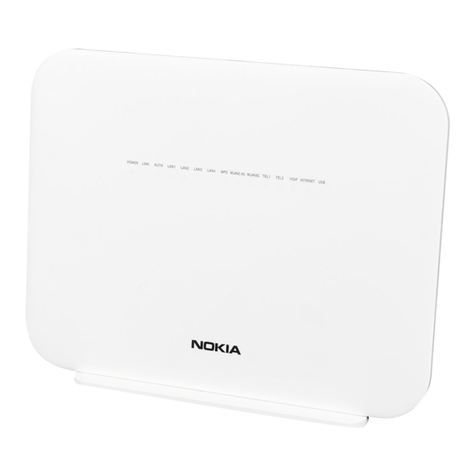
7.13 +CAOC ADVICE OF CHARGE................................................................................46
8. ME CONTROL AND STATUS COMMANDS (GSM 07.07)............................................47
8.1 +CPIN ENTER PIN..................................................................................................47
8.2 +CBC BATTERY CHARGE .....................................................................................48
8.3 +CSQ SIGNAL QUALITY.........................................................................................49
8.4 +CPBS SELECT PHONEBOOK MEMORY STORAGE..........................................49
8.5 +CPBR READ PHONEBOOK ENTRIES.................................................................50
8.6 +CPBF FIND PHONEBOOK ENTRIES...................................................................50
8.7 +CPBW WRITE PHONEBOOK ENTRY..................................................................51
9. ME ERROR COMMAND (GSM 07.07)...........................................................................53
9.1 +CMEE REPORT MOBILE EQUIPMENT ERROR..................................................53
10. SMS COMMANDS (GSM 07.05)....................................................................................54
10.1 +CSMS SELECT MESSAGE SERVICE..................................................................54
10.2 +CPMS PREFERRED MESSAGE STORAGE........................................................55
10.3 +CMGF MESSAGE FORMAT .................................................................................56
10.4 +CSCA SERVICE CENTRE ADDRESS..................................................................56
10.5 +CSMP SET TEXT MODE PARAMETERS.............................................................57
10.6 +CSDH SHOW TEXT MODE PARAMETERS.........................................................57
10.7 +CSCB SELECT CELL BROADCAST MESSAGE TYPES.....................................58
10.8 +CSAS SAVE SETTINGS........................................................................................59
10.9 +CRES RESTORE SETTINGS................................................................................59
10.10 +CNMI NEW MESSAGE INDICATIONS TO TE......................................................60
10.11 +CMGL LIST MESSAGES.......................................................................................62
10.12 +CMGR READ MESSAGE......................................................................................64
10.13 +CNMA NEW MESSAGE ACKNOWLEDGEMENT TO ME/TA...............................66
10.14 +CMGS SEND MESSAGE ......................................................................................68
10.15 +CMSS SEND MESSAGE FROM STORAGE.........................................................69
10.16 +CMMS MORE MESSAGES TO SEND..................................................................70
10.17 +CMGW WRITE MESSAGE TO MEMORY.............................................................71
10.18 +CMGD DELETE MESSAGE..................................................................................72
10.19 +CMGC SEND COMMAND.....................................................................................72
11. VOICE COMMANDS......................................................................................................75
11.1 +FCLASS DCE MODE ............................................................................................75
11.2 +VTS DTMF GENERATION....................................................................................75
